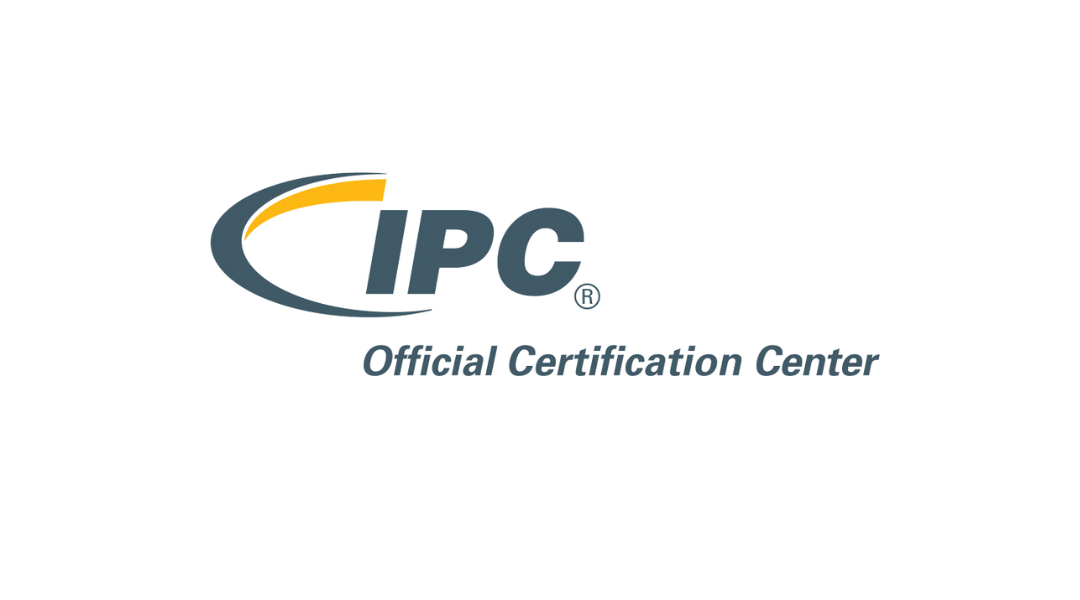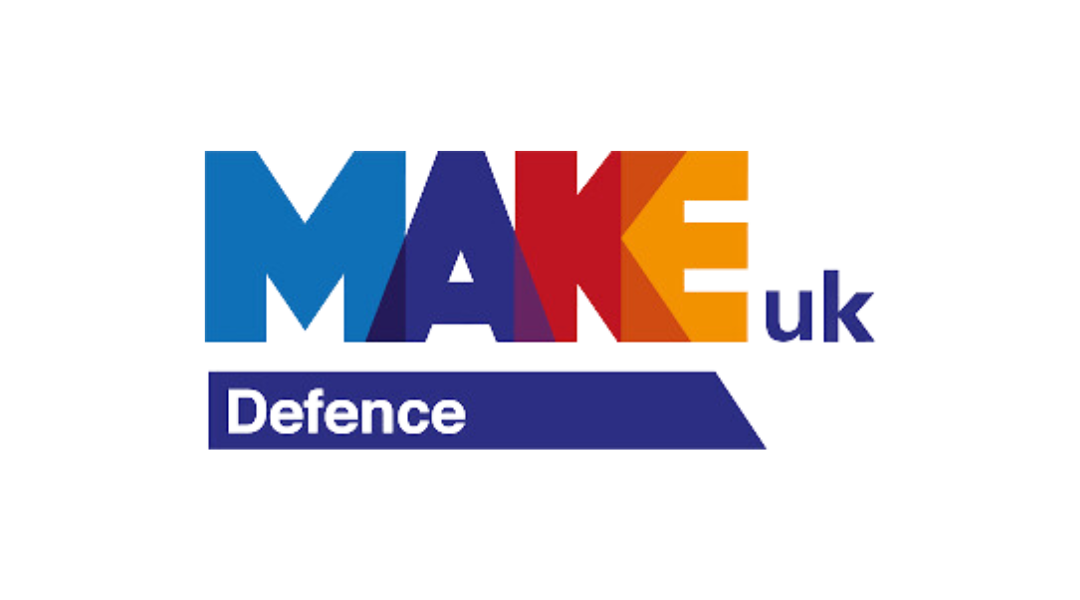[et_pb_section fb_built=”1″ admin_label=”section” _builder_version=”4.24.0″ background_color=”RGBA(255,255,255,0)” custom_margin=”0px|||0px|false|false” custom_padding=”30px|0px||0px|false|false” global_colors_info=”{}”][et_pb_row admin_label=”row” _builder_version=”4.24.0″ background_size=”initial” background_position=”top_left” background_repeat=”repeat” width=”90%” max_width=”100%” custom_padding=”0px||||false|false” global_colors_info=”{}”][et_pb_column type=”4_4″ _builder_version=”4.16″ custom_padding=”|||” global_colors_info=”{}” custom_padding__hover=”|||”][et_pb_text admin_label=”Text” _builder_version=”4.27.3″ background_size=”initial” background_position=”top_left” background_repeat=”repeat” background_layout=”dark” global_colors_info=”{}”]
At Marq-One, we specialise in providing top-tier IPC training for the motorsport, aerospace, and defence industries. One crucial concept we emphasise in our training programmes is the order of precedence in IPC standards.
This blog post will explore what order of precedence means, why it’s vital, and how it impacts electronics manufacturing in high-performance industries.
More importantly, we’ll discuss why a comprehensive understanding of this concept across your entire organisation is critical for maintaining quality, efficiency, and compliance.
——————–
The Hierarchy of Requirements
Order of precedence in IPC standards refers to the hierarchical structure that determines which requirements take priority when manufacturing electronic products.
This hierarchy is designed to ensure clarity and consistency in the production process, especially when different sources of information conflict.
Let’s break it down:
1. Customer Contract: First and foremost this sits at the top of the hierarchy and is, in essence, ‘king’.
It supersedes all other information sources and forms the foundation of the manufacturing process.
2. Engineering Documentation: This encompasses a wide range of materials, including designs, work instructions, PCB layouts, circuit board designs, and assembly and inspection methods.
3. IPC Standards: These apply in the absence of specific information in the customer contract or engineering documentation, serving as a fallback to ensure quality and consistency.
So far so straightforward. However, here’s where it gets tricky – if a customer contract explicitly mandates IPC standards, this overrides everything else.
This seemingly small detail can lead to significant issues if not properly understood and implemented across your organisation.
The critical importance of alignment
Understanding the order of precedence is not just an academic exercise—it’s a crucial aspect of manufacturing excellence. When there’s misalignment between these levels, the consequences can be severe:
-
- Confusion and inefficiency
Imagine a scenario where you’re designing to Class 2 standards but inspecting to Class 3 standards. This misalignment can lead to confusion amongst team members, inefficient processes, and potential rework.
-
- Non-compliance
If your engineering documentation doesn’t align with IPC requirements mandated by the customer contract, you risk non-compliance with customer specifications.
-
- Quality issues
End-of-line inspectors and assemblers might find themselves working with conflicting information, potentially compromising the quality of the final product.
-
- Costly rework and delays
Misalignments often lead to the need for costly rework, causing delays in production and potentially damaging client relationships.
Real-world implications
Consider these questions about your current processes:
-
- Is your engineering documentation aligned with IPC requirements?
-
- Are your inspectors and assemblers working to consistent standards?
-
- Could misalignment be causing inefficiencies or non-compliance?
-
- Are you designing to one class but inspecting to another?
-
- Do your operators follow processes that align with customer requirements?
If you’re unsure about the answers to any of these questions, it’s time to reassess and realign your processes.
The role of comprehensive training
So where does training come into this? Surely IPC training simply trains to a standard, nothing more?
This is where comprehensive training programmes, like those offered by Marq-One, become invaluable. We recognise that understanding the IPC order of precedence isn’t just for engineers or quality control staff—it’s crucial for everyone involved in the manufacturing process. It is not simply understanding what the standard IS, but HOW it is applied, making sure everyone not only understands, can apply, and most importantly AGREE!
Our training programmes are designed to:
-
- Provide in-depth understanding of the IPC order of precedence across all levels of your organisation
-
- Offer practical exercises to apply this knowledge in real-world scenarios
-
- Address industry-specific challenges in class 3 electronics manufacture specific to the motorsport, aerospace, and defence industries
-
- Equip participants with the skills to maintain alignment between customer requirements, engineering documentation, and IPC standards
—————-
Understanding and correctly applying the order of precedence in IPC standards is not just about compliance—it’s about achieving manufacturing excellence. By ensuring alignment across all levels of the order of precedence, companies in the motorsport, aerospace, and defence industries can foster clear communication amongst all team members, improve efficiency, ensure consistent quality across all stages of manufacturing, and reduce costly rework
Ultimately, all of this is designed to make sure you deliver exactly what your customer wants and needs, on time, and right first time.
At Marq-One, we’re committed to helping your team master the intricacies of IPC standards and order of precedence. Our training programmes are designed to give your entire staff the knowledge and skills they need to navigate these complex requirements with confidence.
Don’t let uncertainty impact your manufacturing excellence. Reach out to us today for a no-obligation conversation about optimising your processes and ensuring foolproof compliance through comprehensive IPC training.
——————-
[/et_pb_text][/et_pb_column][/et_pb_row][/et_pb_section]





